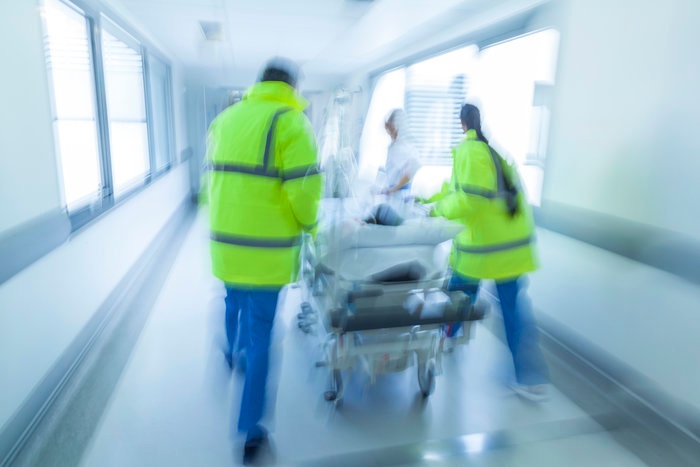
The victim was another in a long line—that same dark, narrow stretch of roadway that seems to breed head-on collisions. He was unresponsive, pinned beneath the wreckage of the steering wheel, and bleeding profusely from the mouth. As the crews wrestled the extrication tools, working to pop the door, you cranked on your portable suction unit to clear the airway.
Things went well, initially. The suction was working, keeping up with the copious blood streaming from the patient's wounds, until suddenly the unit sputtered, faltered, and died. Your patient's prognosis plummeted.
As emergency workers, we've all experienced equipment failure. Part of our job is to improvise and come up with alternative treatment plans when the ones we are employing aren’t working or hit a snag. But when your portable suction unit fails, there are few alternatives for clearing the airway. Is it time to replace your suction unit?
Reasons to Replace
Although equipment failure is the primary reason to consider replacement, it is certainly not the only one. Let's explore some of the situations that may prompt you to replace your existing portable suction units, and some of the features that should be considered when choosing your new equipment.
Old and Outdated
There is nothing worse than having a critical piece of equipment fail when you need it the most. And when it's your portable suction unit, there are no alternative treatments that enable you to clear the airway. If your suction units are old, outdated, or worn out, it is time to consider replacement. It is better to be proactive than to wait until the unit fails. Failure of the suction unit could cost the patient their life, so don't wait until the unit dies to replace it.
Tactical Medicine
In response to the ever-increasing number of mass shootings across the country, many departments are implementing tactical medical teams to respond alongside law enforcement to violent incidents. Tactical medical supplies must be portable, lightweight, and effective—especially your portable suction unit. If you are responsible for obtaining suction units for a new team or revamping the equipment of an existing team, consider a small portable suction unit specifically designed for tactical scenarios, one that can easily fit in a trauma bag and provide effective negative pressure to treat multi-system trauma patients.
Mass Casualty Incidents
MCI trailers must be outfitted for any scenario. Mass casualty incidents can result from natural disasters, terrorist attacks, or interstate pileups, and you must have enough equipment to treat large numbers of victims. Many MCIs result in traumatic injuries, which can lead to airway compromise due to excessive bleeding. Portable suction units are critical to MCI response, so if it's time to replace your existing units, be sure to select replacements suitable for mass casualty incidents.
During MCIs, especially those caused by natural disasters, electricity may be in short supply. It is wise to select portable suction units that can run on alkaline batteries that can be replaced as needed. Replacing suction units for MCIs requires planning and strategizing, so choose wisely when outfitting your trailers.
Hospital Considerations
If you work in the hospital setting, you know how important portable suction is in patient care. On crash carts or during transport, suction must be reliable, portable, and functional. But perhaps it's been a while since your hospital purchased new units. If your existing units are outdated or worn, or if the batteries no longer hold their charge, it is probably time to consider replacement.
You will want reliable, durable suction units that meet the specific needs of your hospital. Your area may benefit from units that provide adjustable pressure, especially for pediatric and geriatric patients. Their delicate oral and nasal tissues will benefit from reduced pressure during suctioning, so consider this when purchasing new portable units.
What to Look For
No matter the scenario, your portable suction units should include the following features:
- Durable exteriors that can withstand rough handling
- Knobs and controls that are easy to read and manipulate , even in dim lighting
- Powerful negative pressure for effective removal of copious fluids
- Long battery life for extended transports/events
- Disposable parts that are affordable and easy to replace
- A variety of catheters for use depending on patient age and type of fluids
- Product support and technical guidance
- Produced by a company with an established reputation for quality products
If it's time to replace your portable suction units, be sure to take a thoughtful approach and select units that are effective, functional, and designed for your needs.
















